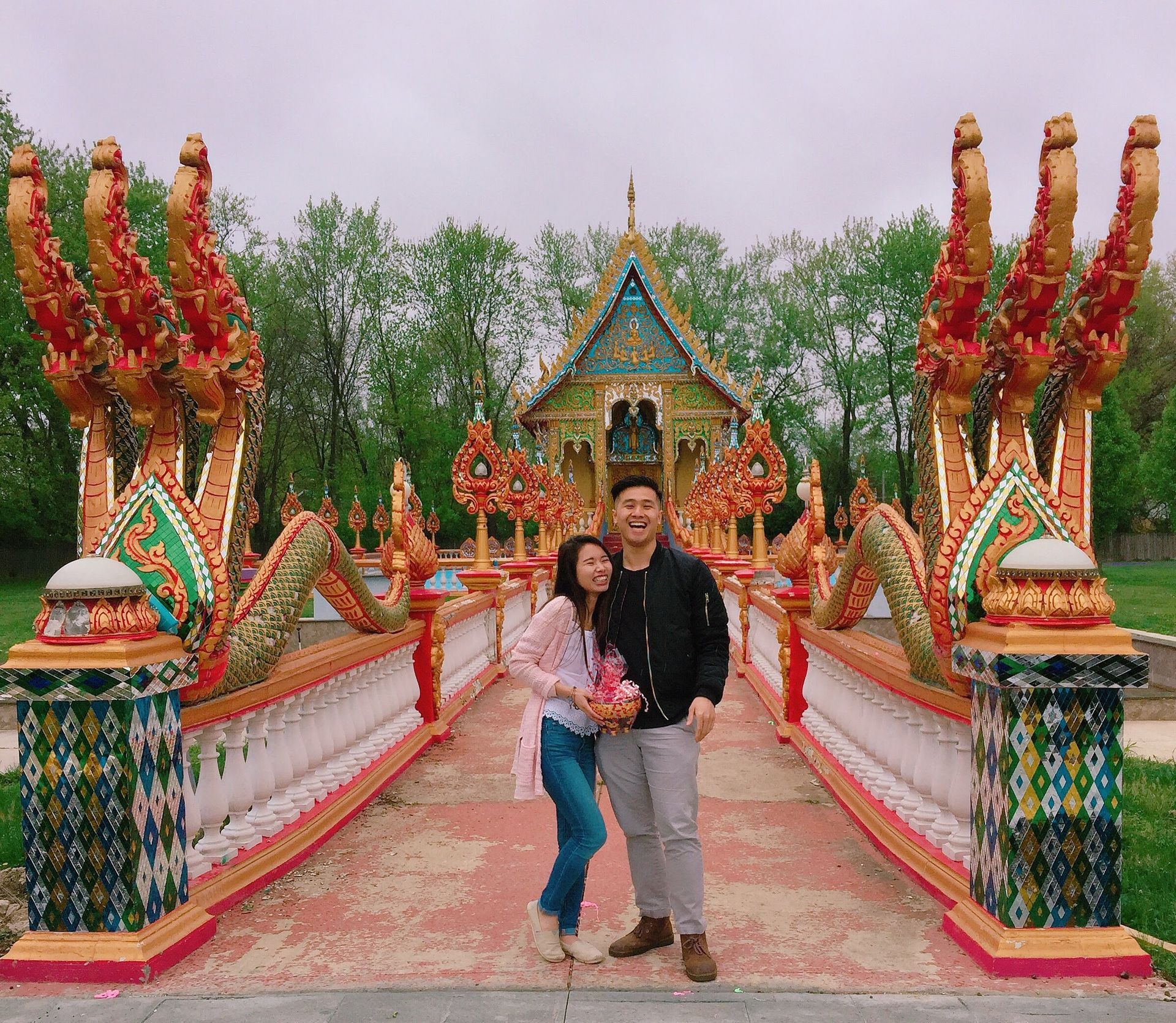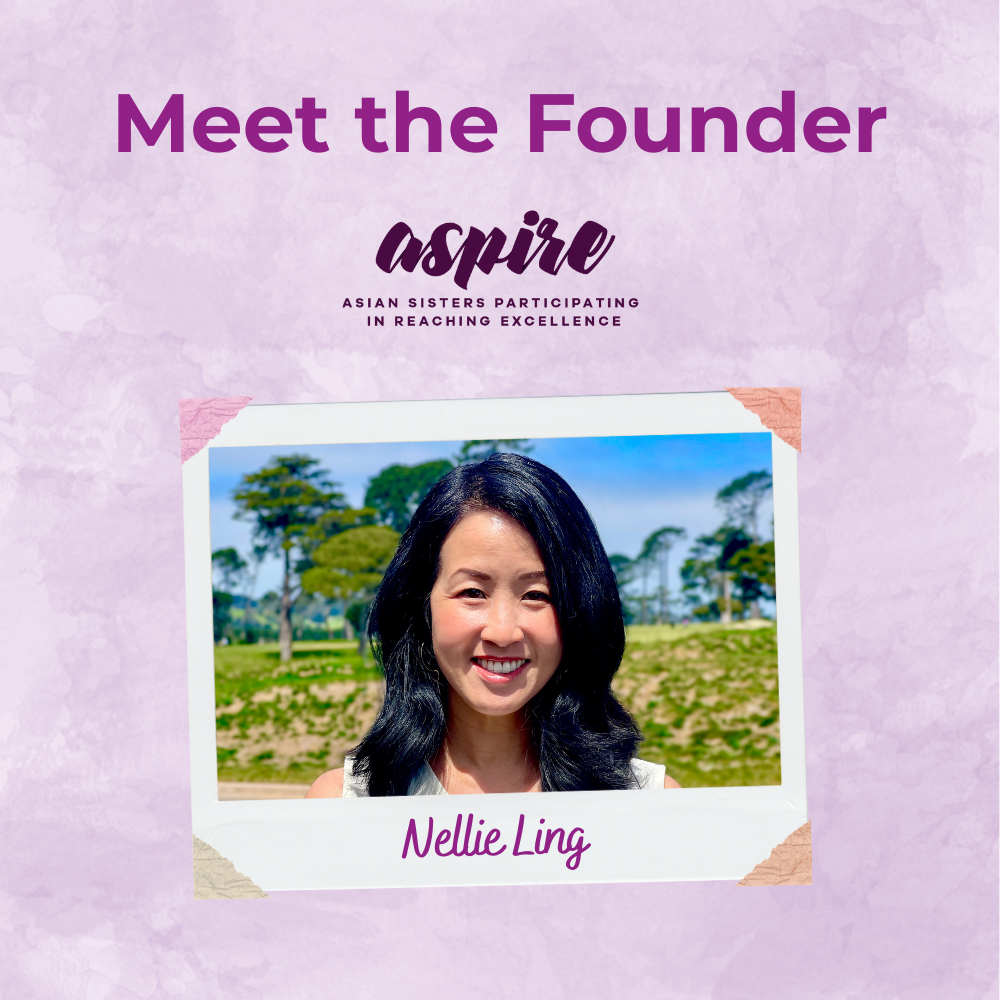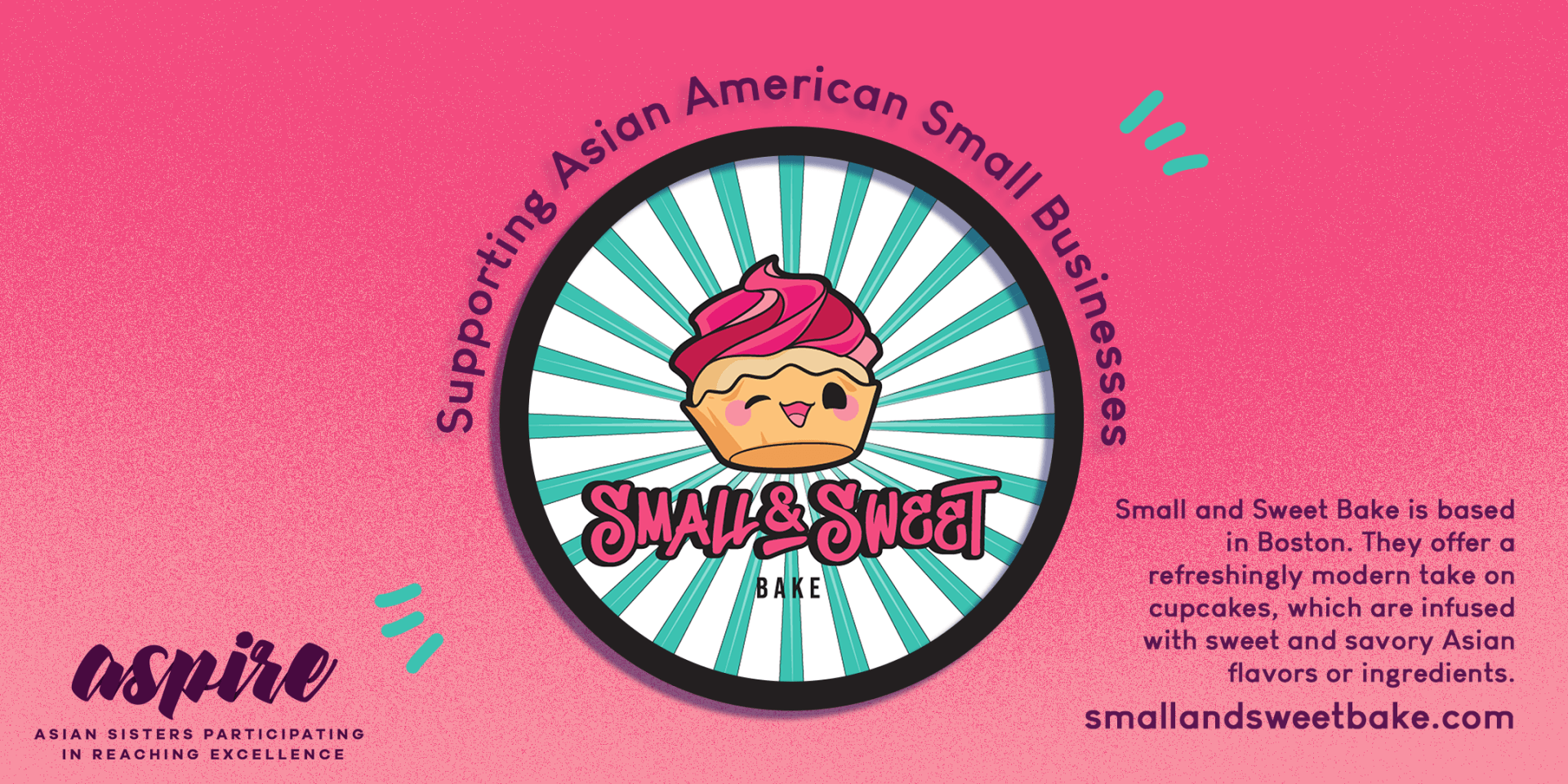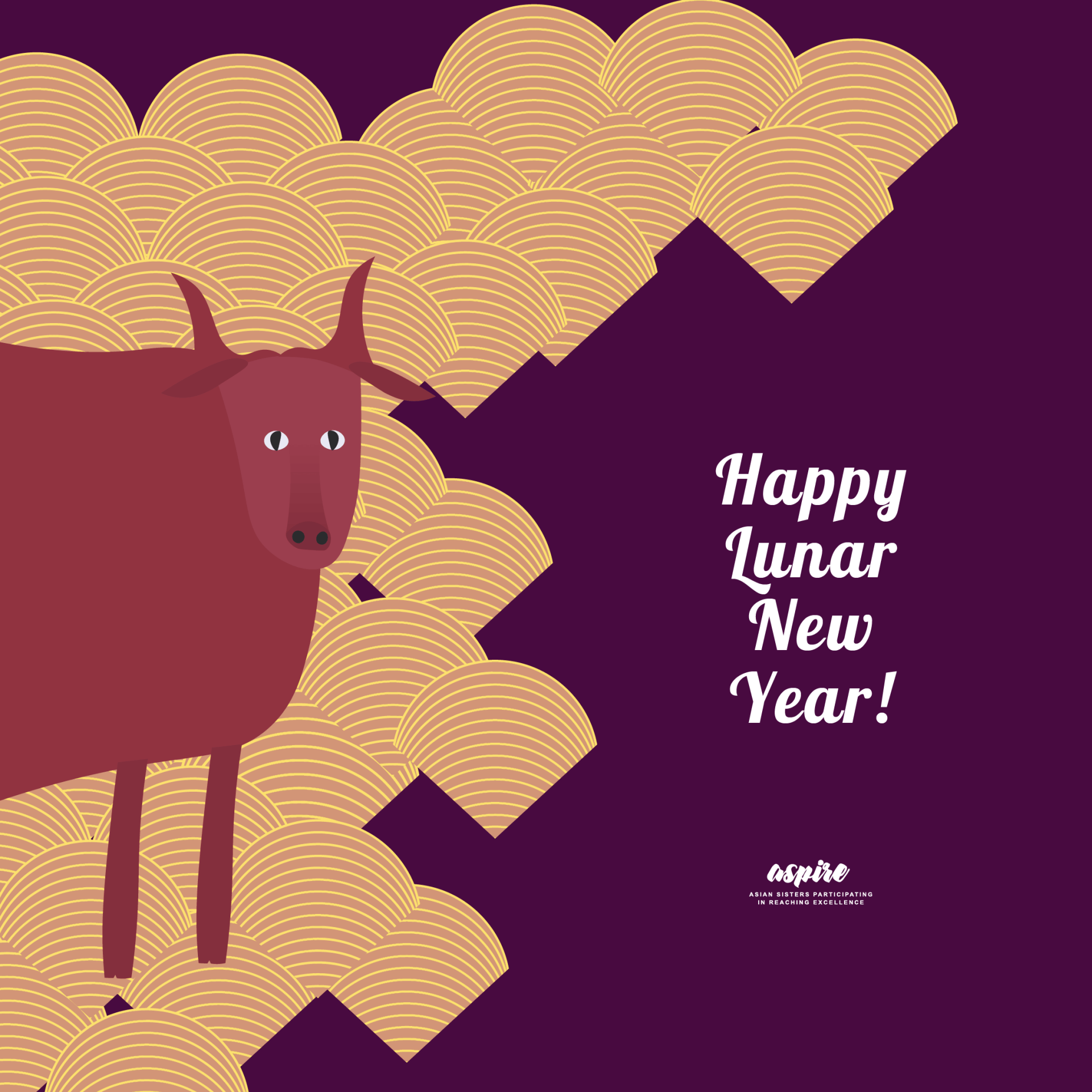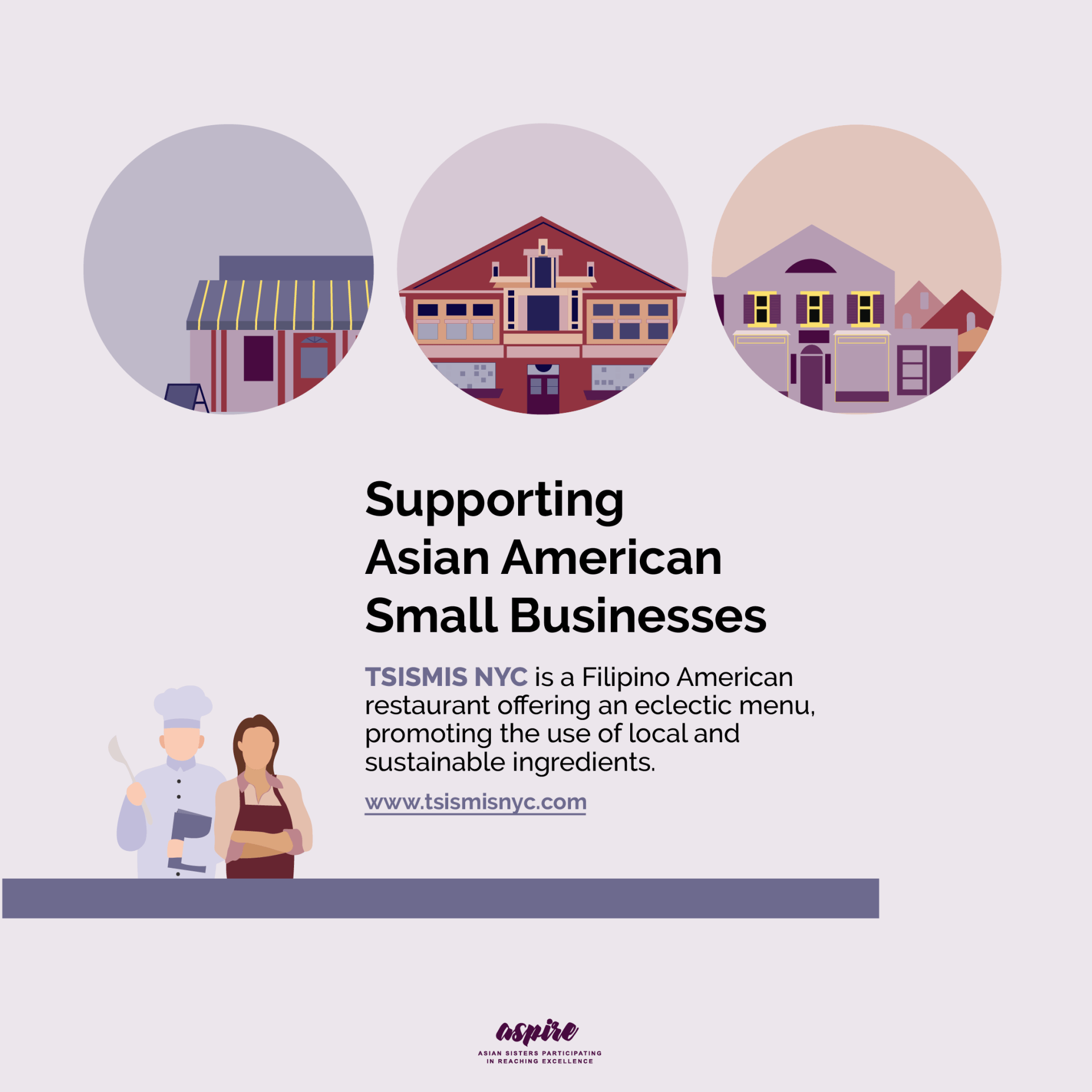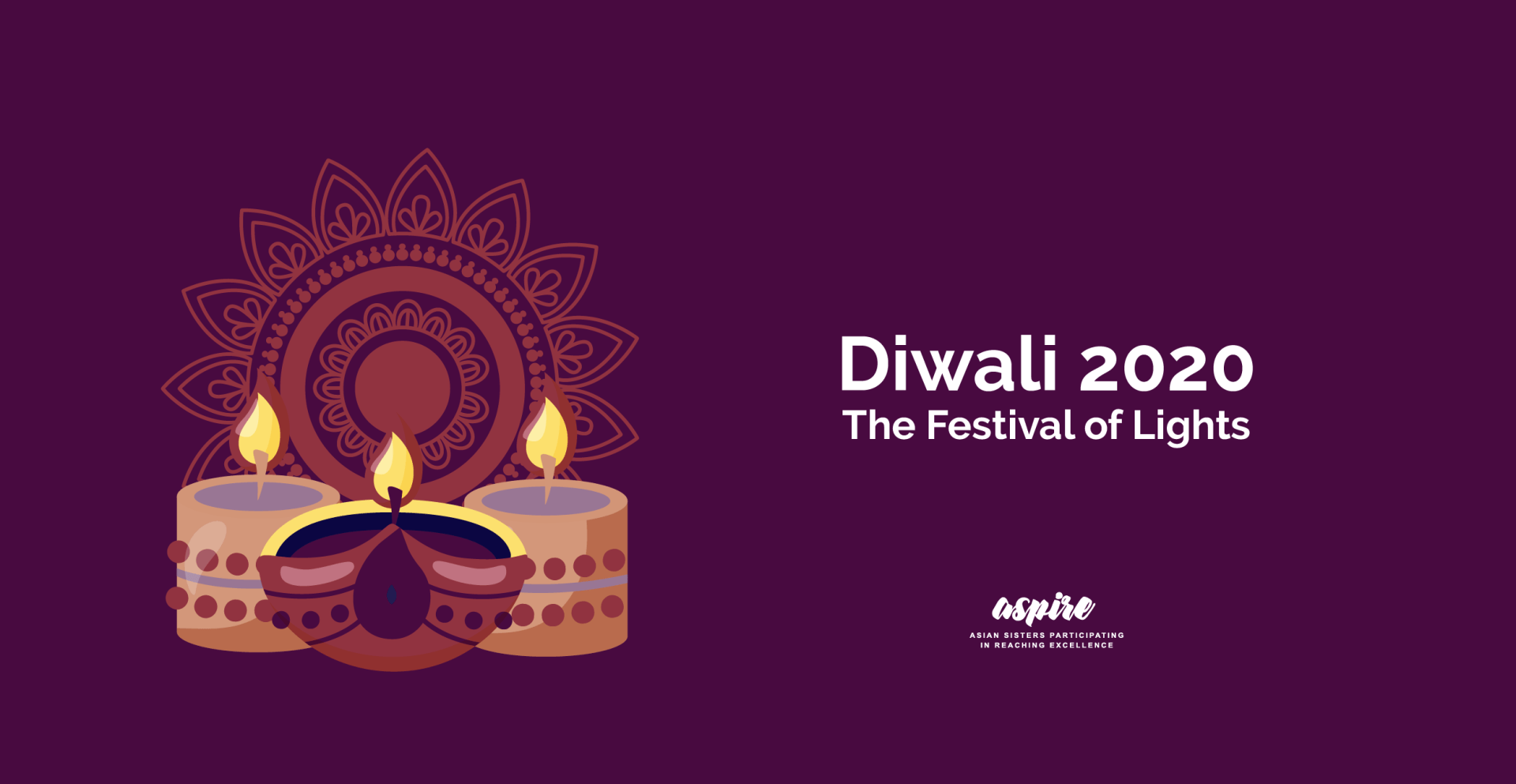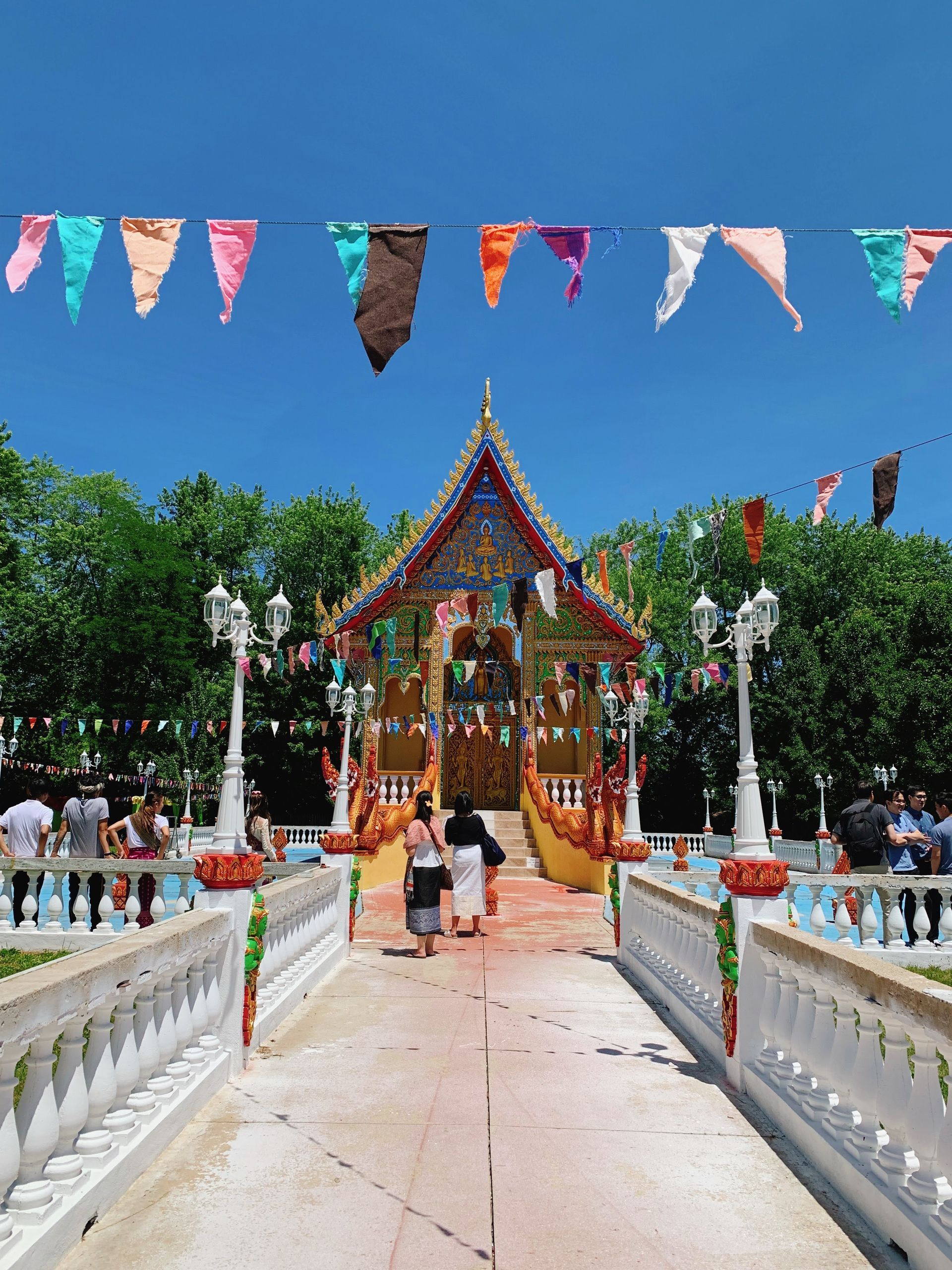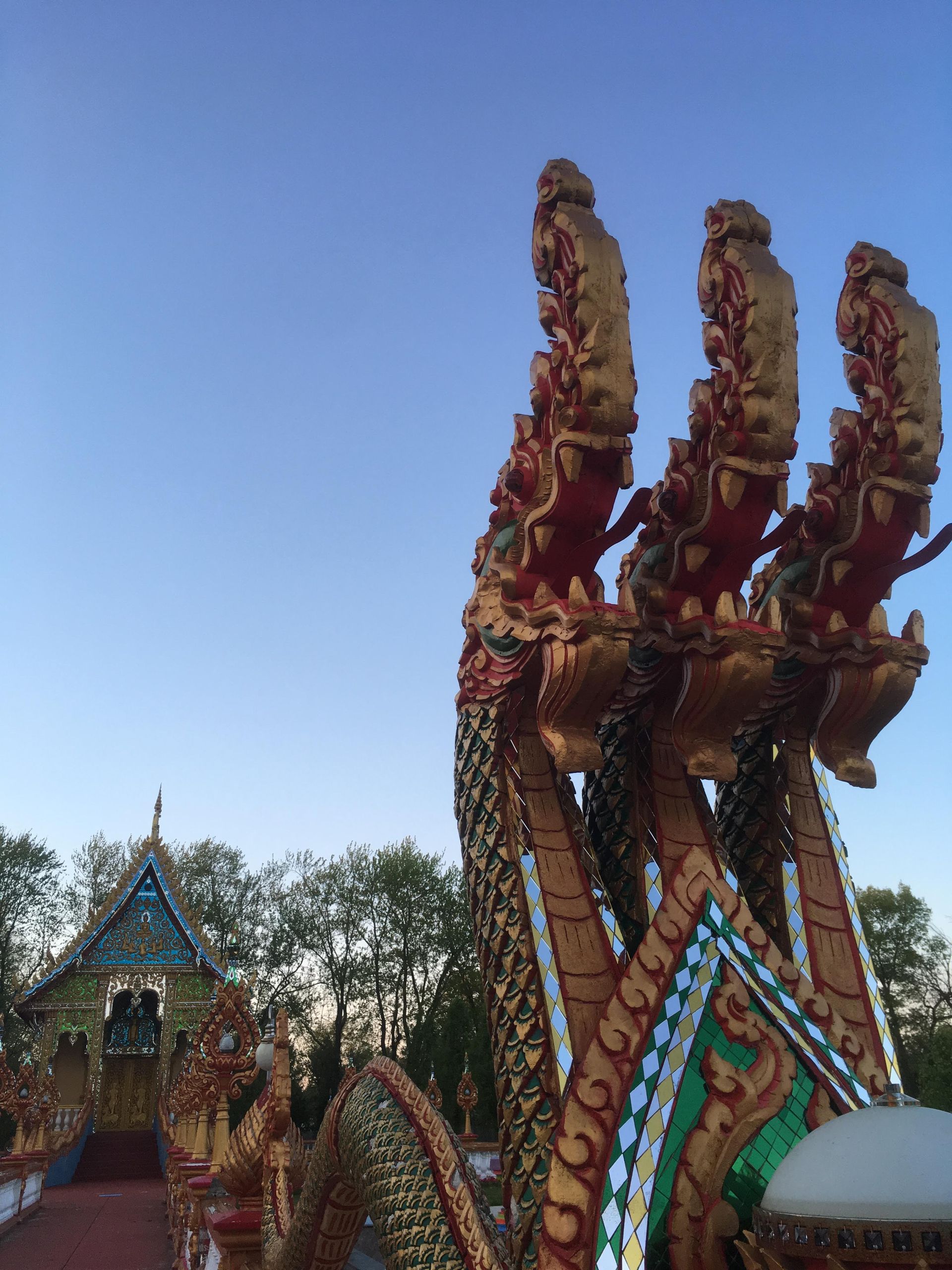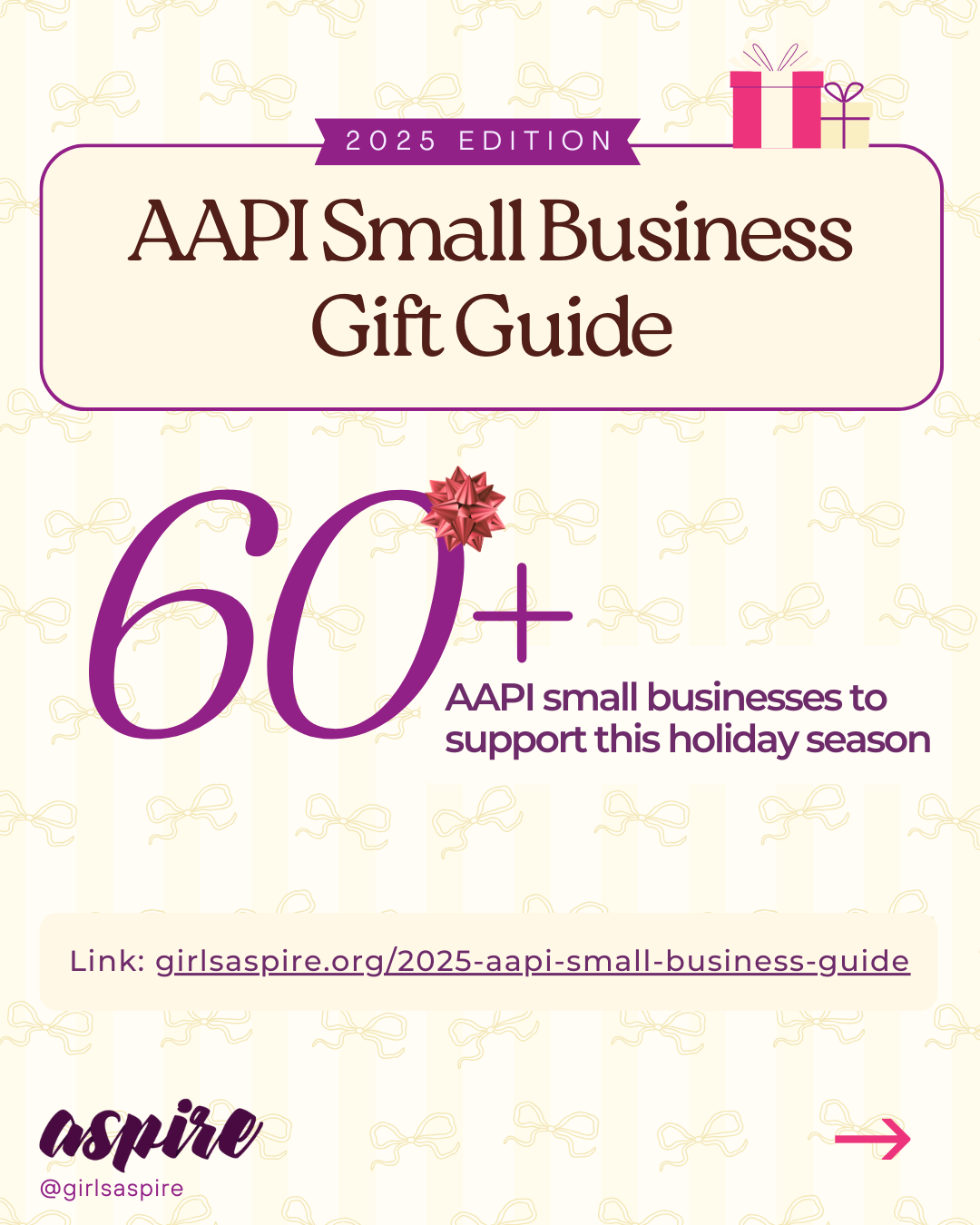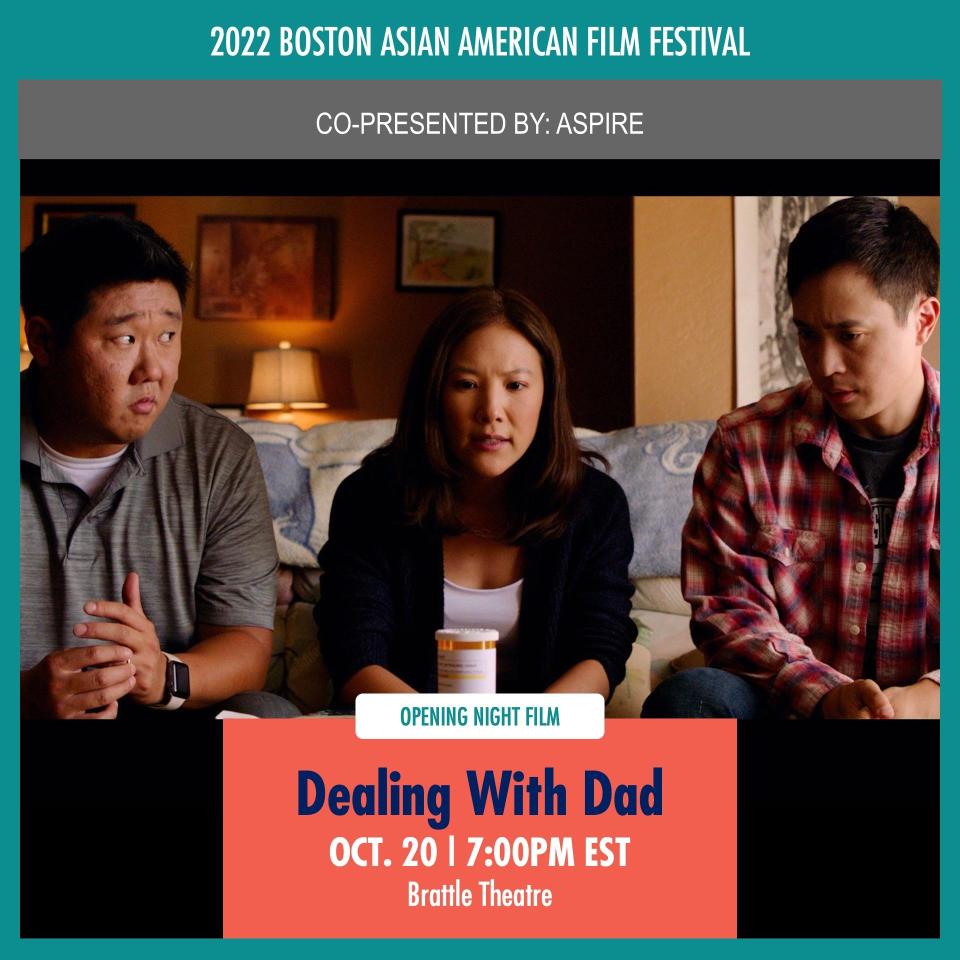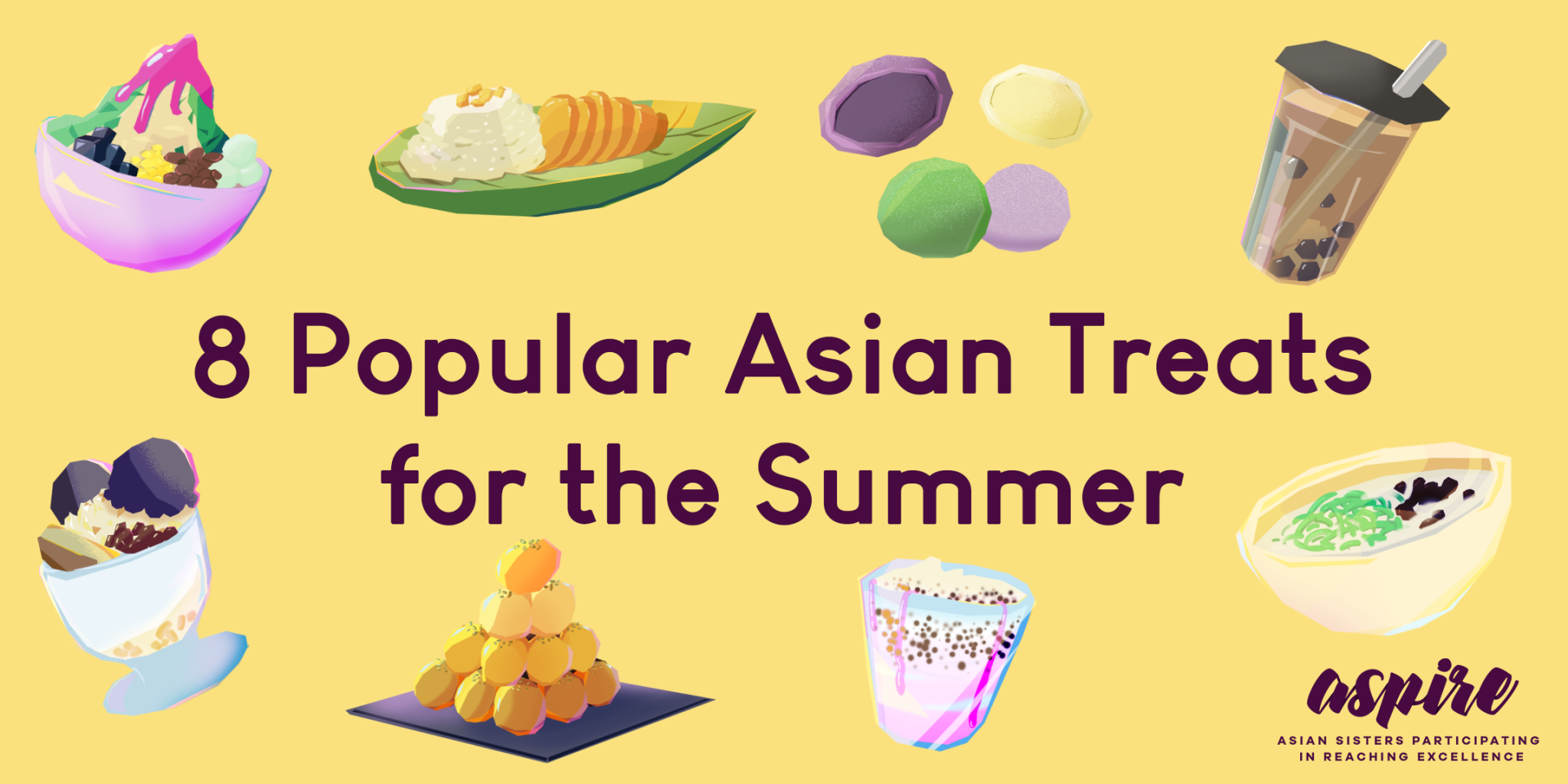Celebrating Lao and Thai New Year
Written by Ashley Rajavadee, ASPIRE's Website Manager
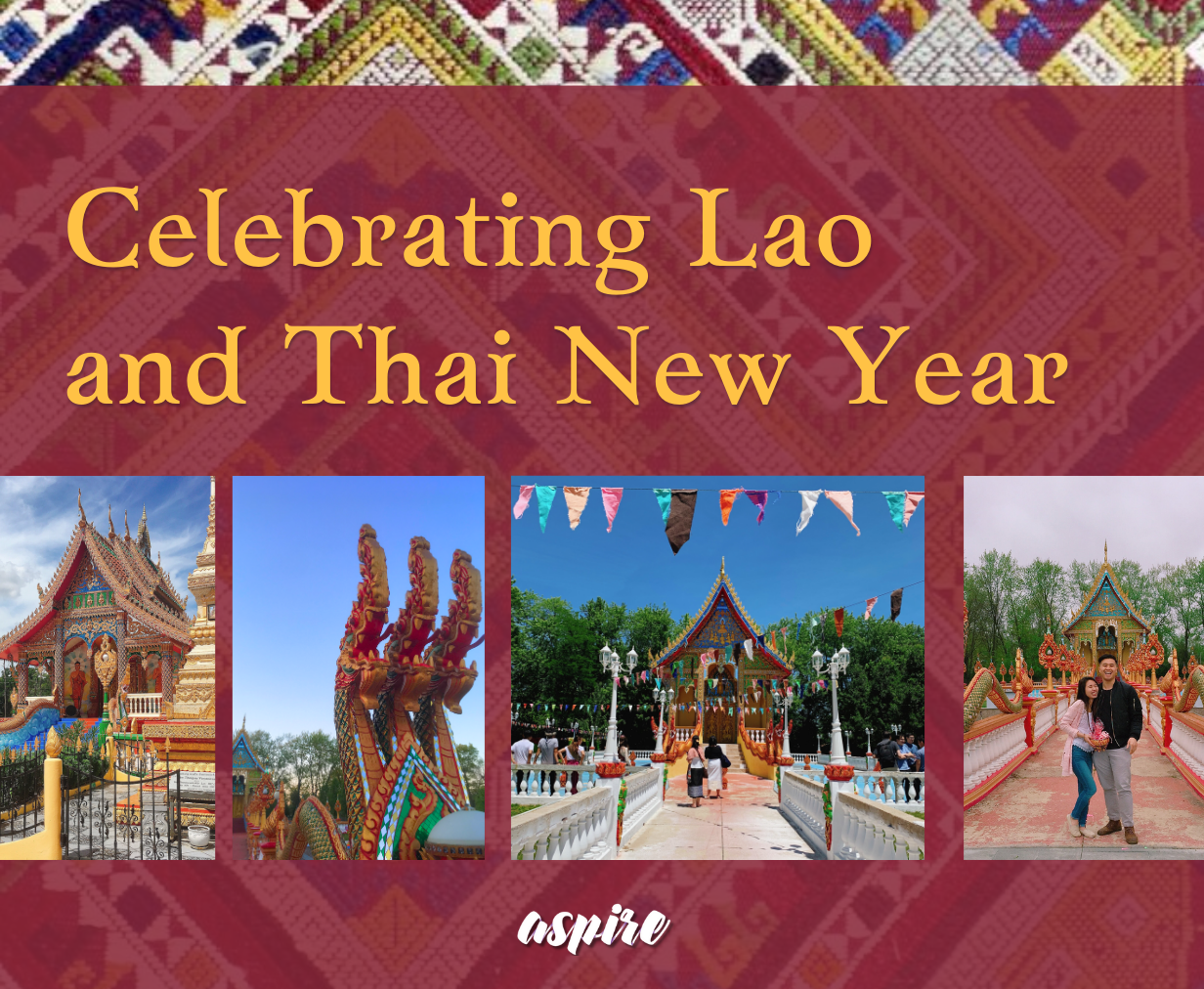
About the holiday
Sabaidee pi mai! Suksan wan pi mai! Happy New Year!
Mid-April means New Year season for many Southeast Asian cultures, particularly for Lao and Thai communities. The holiday is called Songkran, and lasts three days. The timing is based on the solar calendar - when the sun moves from Pisces to Aries in the zodiac - and the dates fall between April 13th to 15th. The first day of the holiday (April 13) is considered the last day of the old year. The second day (April 14) is the "day of no year", a transitional period between the old and new year. The last day (April 15) marks the start of the new year.
Morning and evening during festival season at Wat Lao Buddhamamakaram in Columbus, Ohio.
How the holiday is celebrated
There are many traditions that Lao and Thai people observe during the New Year. On the first day of the holiday, people deep clean their houses. This involves tenderly washing all Buddha statues within their homes with perfumed flower water. People also visit their local temples to wash the Buddha statues there. The cleansing and washing rituals are symbols of purification, readying people for the New Year.
The second day of the holiday is typically marked for rest. Since it is considered a day in between the old and new year, relaxation is prioritized and people spend more time with their families. Paying respects to elders in the family and community is also encouraged.
The third day of the holiday is the first day of the year. People often visit their local temples, making offerings to monks and honoring their ancestors. There is usually a baci ceremony held after prayer, a traditional ceremony where people tie white thread around each other's wrists, centering their souls and wishing them prosperity and good health. Festivals are usually held on this day at temples, with lots of music, food, and dancing.
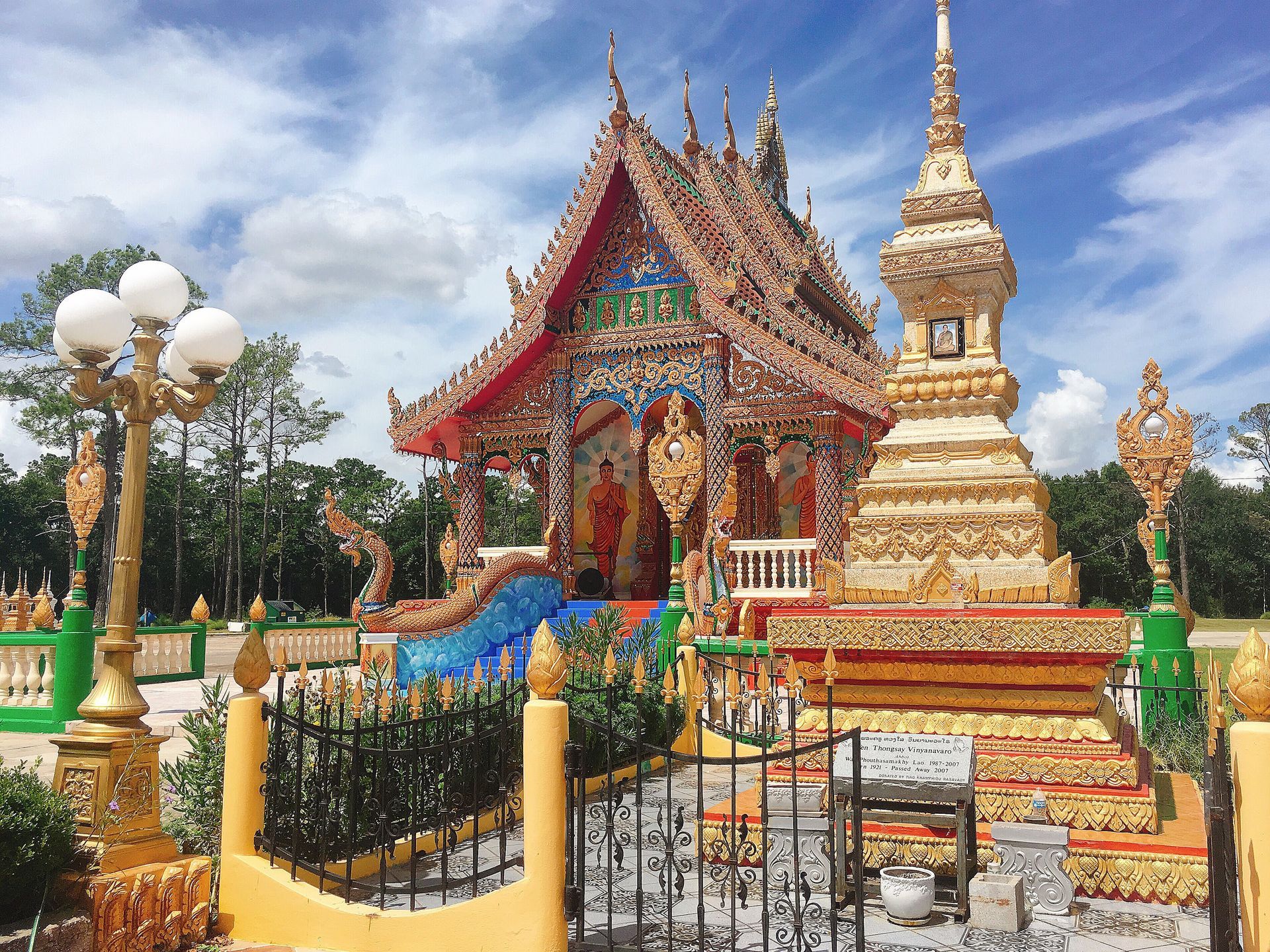
Throughout the holiday, water plays a large role. Perfumed water is used to clean homes and altars, and water is respectfully poured on elders and monks for well wishes and blessings. During festivities, people spray others with water for fun; shaving cream is also alternatively used. In my community, everyone joins in on playful water tossing, from the youth to the elderly!
Another cherished tradition is the Nang Songkran pageant and parade. This is a reenactment of a Buddhist folk myth surrounding the Songkran holiday, in which the seven daughters of the ancient king Kabinlaphom honor his legacy by carrying his head. Every year, one of his daughters is chosen to carry the king’s head and is dubbed Nang Songkran, or Lady Songkran, as a high honor. I grew up participating in this tradition and joining in on the pageants, similar to most young girls in the community. While it's held as a pageant, it’s a wonderful opportunity to connect with the culture and heritage every year.
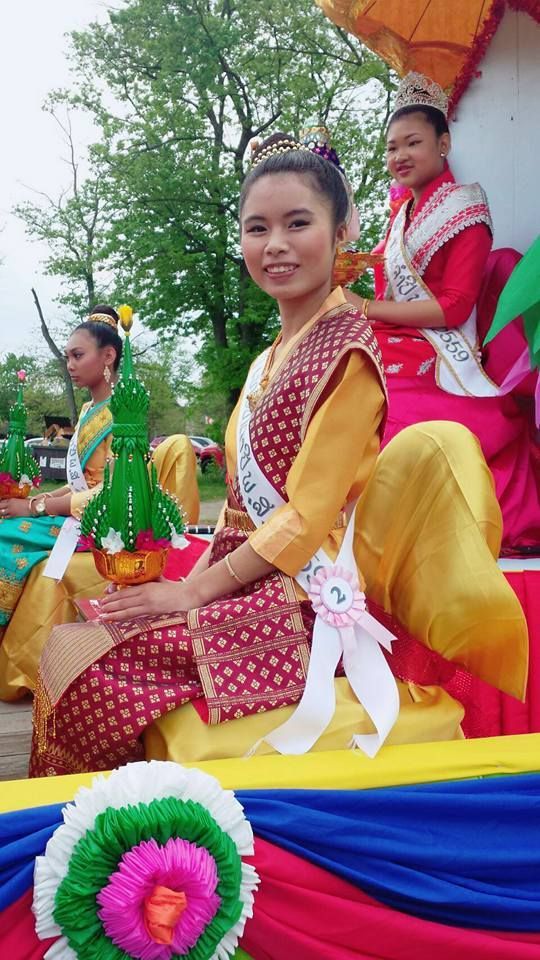
Where the holiday is celebrated
Lao and Thai New Year is widely celebrated in both Laos and Thailand as a national holiday. Overseas, the holiday is observed in Lao and Thai diasporic communities across the world. Although there are specific dates for the actual holiday, in U.S.-based communities, festivities are typically held on weekends around April (also sometimes May and June) to make it easier for more people to attend celebrations.
To find local celebrations near you, Google search ‘Lao New Year festival’ or ‘Thai New Year festival’ with your city or state. There are many small festivals in local communities across all states and territories during these next few months! Join in the celebrations if you can!
